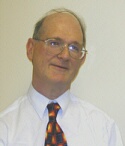

The Westbourne is sourced near Hampstead and flows buried down to the Thames at Chelsea. I had previously walked the lower section from Paddington and this walk completed it with the upper section from Hampstead down to Hyde Park. I followed the guidlines in David Fathers' London's Hidden Rivers.
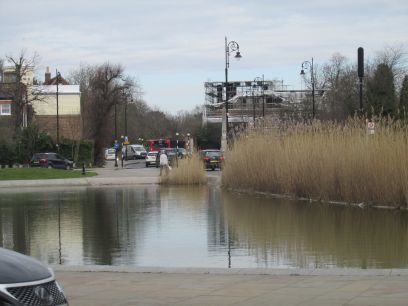
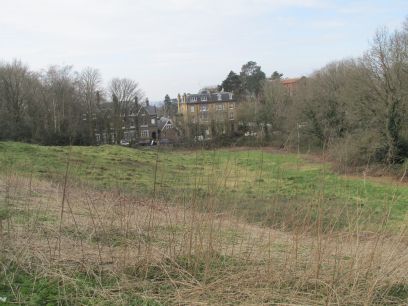
After a good journey up on the train and tube I arrived at Hampstead station around 10.45. My planned route up Holly Hill, as used in the Green London Way, was made harder as they were resurfacing the road and with the various obstructions got slightly confused so it was nearly 11am when I reached the start point at Whitestone Pond on Branch Hill. This is the source of the Westbourne but the guide book suggests it was from the former Branch Hill pond in the adjacent wood lined bowl. It is already culverted there so probably a combination of them. Branch Hill is the highest point in London at 135m.
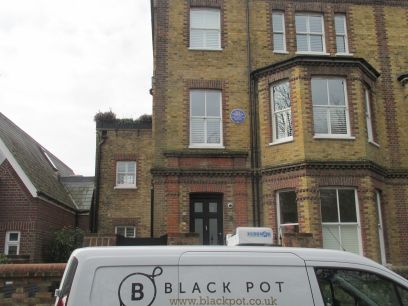
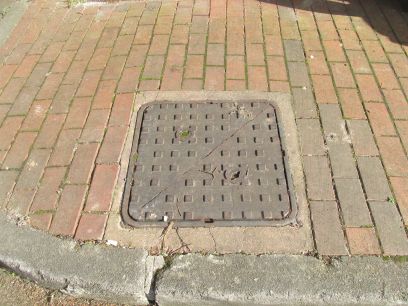
Moving now into the suburbs of Hampstead. One of the features of this walk is the various plaques celebrating famous people. The first, in Branch Hill road is the singer Paul Robeson who lived here around 1928. Then entering Redington Gardens is a drain cover where I could hear flowing water allegedly the Westbourne below.
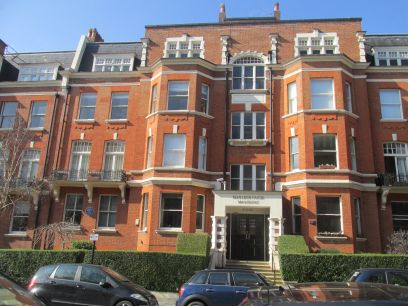
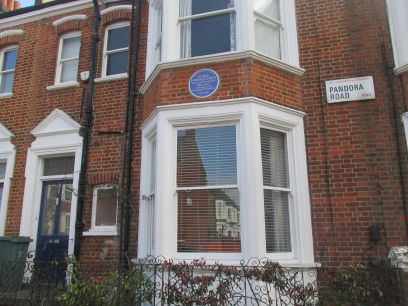
The route continues parallel to the hidden river through Heath Ride and Canon Hill, a fairly up market area with splendid houses. First passed is Marlborough Mansion where the conductor Sir Adrian Boult once lived. Further along the Journalist and Newspaper Proprietor Alfred Harmsworth, now in the West End area - where west means west of Hampstead.
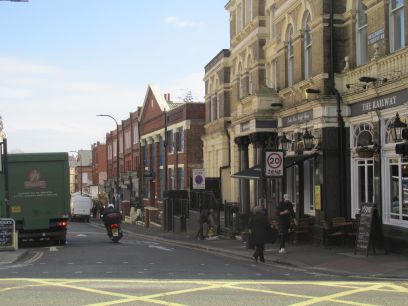
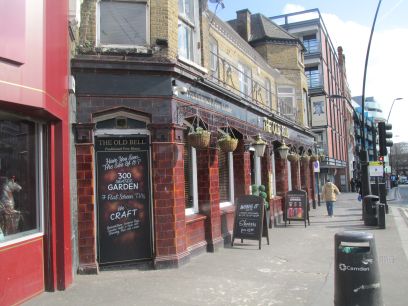
The route has to leave the river for a while to pass the station complex at West Hampstead. Just past the stations is the Railway pub where the Moonlight Club met upstairs and stars such as the Rolling Stones, Jimmy Hendrix and Stevie Wonder performed. Next door is what is now studios of the English National Opera but was once used by Decca Records. In 1962 an unknown guitar group turned up to record some demo tracks and were turned down. This group were the Beatles who clearly had more success elsewhere.
Back on the river again the guide book suggested another manhole cover where the river could be heard. But the Bird in Hand which it was supposed to be by is no longer and the whole area is new housing so I failed to find it. Another diversion round the railway at Kilburn High Road. Kilburn Wells Spa was within the gardens of The Bell Tavern as it was then. There is supposed to be a pavement plaque to celebrate this but I couldn't find it. But it seemed a sensible place to stop for lunch so I rested my legs for a while.
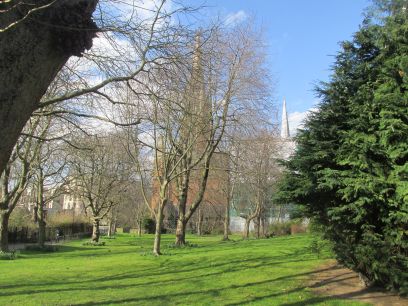
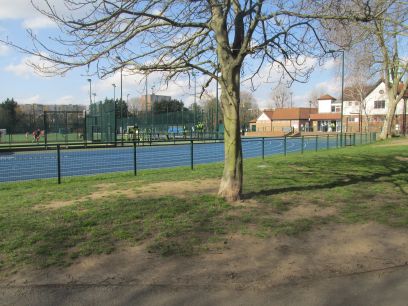
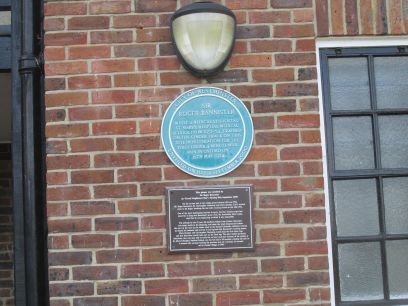
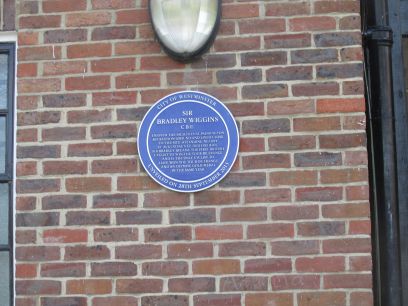
Back close to the river the area is passed where Kilburn Priory was until dissolved in 1537 on the instructions of Henry VIII. The roads round here reflect the priory including Abbey Road in the Beatles song. Then the magnificent St Augustine's church with its tall spire. Immediately after this is Paddington Recreation Ground with tennis courts, cricket pitch and athletics track. Two plaques on the wall of the pavilion, one for Sir Roger Bannister and one for Sir Bradley Higgins who both trained in the facilities.
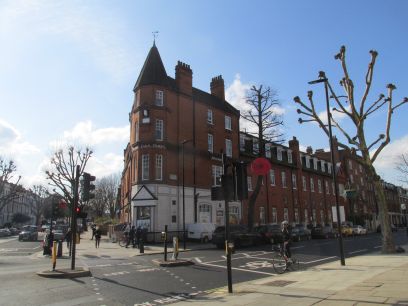
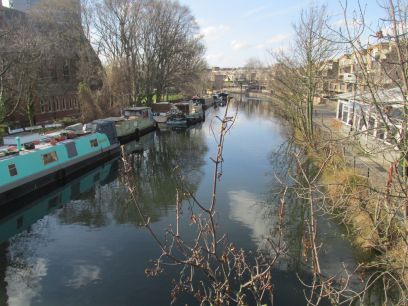
Moving through what is Maida Vale, I passed what was Warwick Farm Dairies until the 1980s. Then the BBC Maida Vale studios, home of the BBC Symphony Orchestra and others. The river then proceeds to pass under the Grand Union Canal near Little Venice.
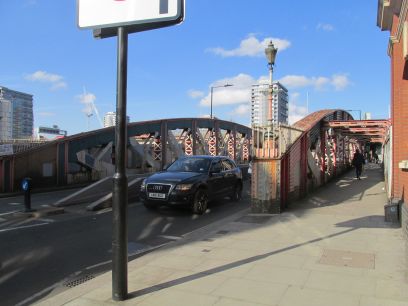
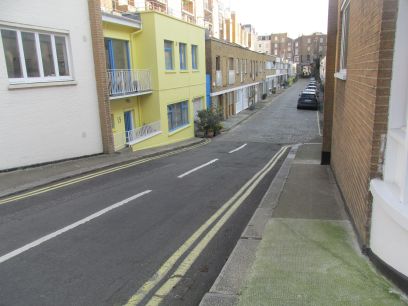
After the canal and a short stretch of greenery, Westbourne Green Open Space, the metropolis hits, going under the Westway (A40) and a magnificent bridge over the main line near Paddington Station. Through Porchester and then along three mews. These and their houses were built along the river bank down in the valley and much lower than the surrounding streets hence the steep inclines at each end. This brought me to Hyde Park where I had started my first section and the end of the walk. Down into the underground at Lancaster Gate to Waterloo and home after another pleasant day.